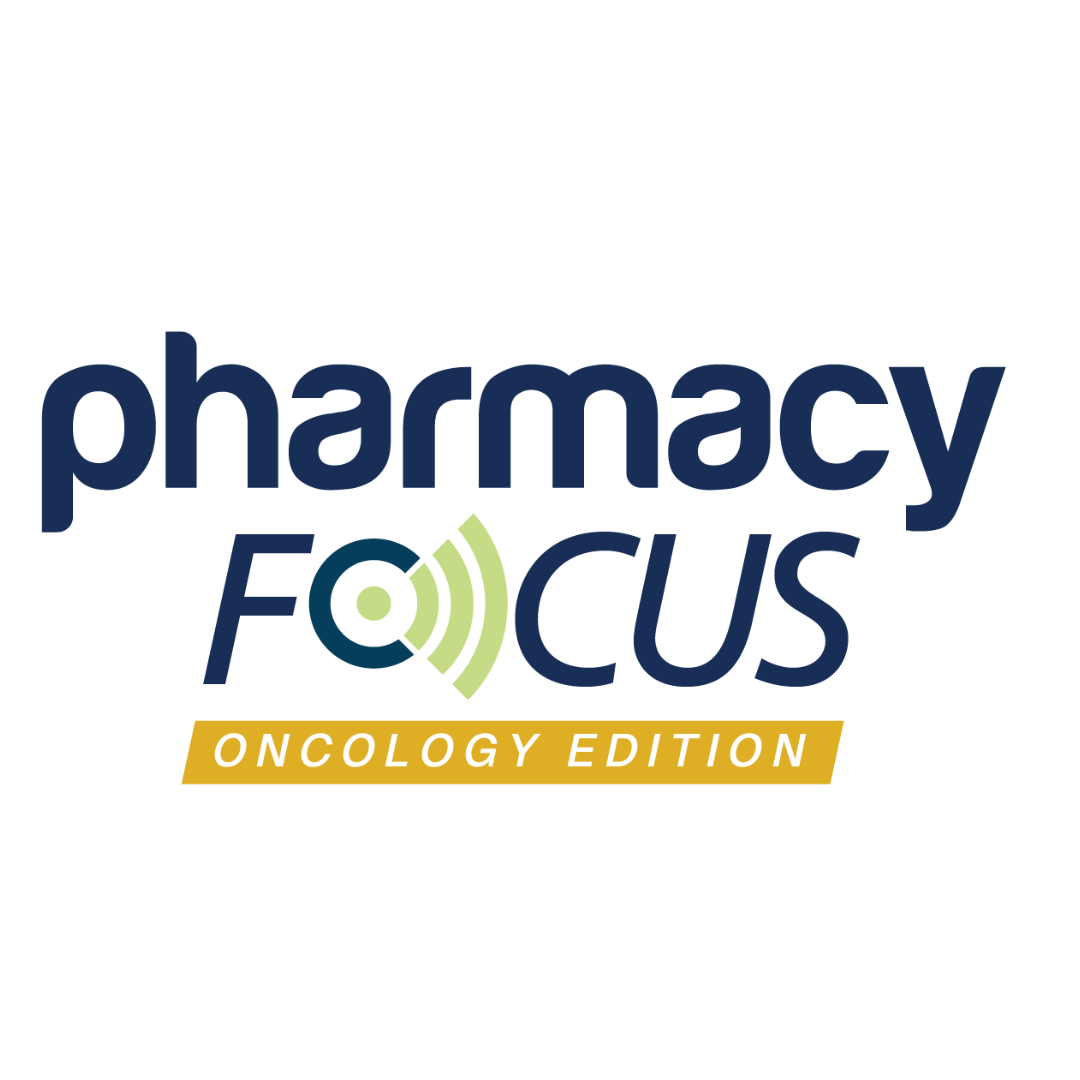News
Article
FDA Approves Quadruplet Therapy Daratumumab and Hyaluronidase-fihj with Bortezomib, Lenalidomide, and Dexamethasone for Multiple Myeloma
Author(s):
The decision is based on positive results from the PERSEUS trial.
The FDA approved daratumumab and hyaluronidase-fihj (Darzalex Faspro, Janssen Research & Development, LLC) in combination with bortezomib (Velclade; Janssen Pharmaceutical), lenalidomide (Revlimid; Bristol Myers Squibb), and dexamethasone (Ozurdex; Allergan) (D-VRd) for treatment of patients with newly diagnosed multiple myeloma (NDMM) who are eligible for autologous stem cell transplantation (ASCT). The PERSUES trial (NCT03710603) results indicated significant efficacy outcomes and improvement in progression-free survival (PFS). The decision expands treatment options for patients with MM, offering them alternative therapeutic methods tailored to their disease.1
The decision expands treatment options for patients with MM, offering them alternative therapeutic methods tailored to their disease. Image Credit: © lertsakwiman - stock.adobe.com

Multiple myeloma (MM) is the second most common hematological malignancy, affecting nearly 36,000 individuals in the US in 2024. Standard of care treatment has traditionally been chemotherapy and ASCT; however, the advent of immunotherapy and combination treatments is reshaping the treatment landscape for MM. Studies indicate D-VRd is a promising quadruplet therapy, which show improved success compared with treatment with bortezomib, lenalidomide, and dexamethasone (VRd).2,3
The FDA approval of combination therapy D-VRd is based on positive results from the PERSEUS trial, an open-label, randomized, active-controlled trial evaluating D-VRd versus VRd in patients with NDMM eligible for ASCT. The trial involved 709 patients randomized to receive D-VRd (n=355) and VRd (n=345). The primary end point of the study was PFS.4,5
The findings demonstrated a significant improvement in in PFS in D-VRd compared with VRd, with D-VRd reducing risk of disease progression or death by 60% (HR [95% CI]: 0.40 [0.29, 0.57]; P < .0001). Additionally, treatment with D-VRd resulted in deeper responses, achieving minimal residual disease (MRD) negativity rates of 57.5%.5
The safety profile of D-VRd was consistent with current knowledge and adverse effects occurred in ≥20% of patients with NDMM. The most common were peripheral neuropathy, fatigue, edema, pyrexia, upper respiratory infection, constipation, diarrhea, musculoskeletal pain, insomnia, and rash.5
MM is incurable, but highly treatable with the development of advanced therapies, allowing patients to live longer lives. The decision marks the continued advancements in care for patients with MM.
"Multiple myeloma has a highly varied clinical course among patients and in each individual patient, and there is a continued need for innovation and therapies that employ different targets and combinations to provide patients with treatment options at diagnosis and throughout the course of their disease," said Amrita Y. Krishnan, MD, professor and director of the Judy and Bernard Briskin Multiple Myeloma Center, City of Hope, in a press release. "The efficacy data supporting this new quadruplet regimen, combined with its established safety and tolerability profile, provide compelling evidence that adding D-VRd upon initial diagnosis as compared to VRd can deepen responses and prolong remissions in the context of autologous stem cell transplantation."5
REFERENCES
ClinicalTrials.gov. A study of amg 510 (sotorasib) in combination with panitumumab, with and without chemotherapy, in subjects with advanced solid tumors with kras g12c mutation. ClinicalTrials.gov Identifier: NCT03710603. Updated April 26, 2023. Accessed July 30, 2024. https://clinicaltrials.gov/ct2/show/NCT03710603
High levels of β2-microglobulin may impact coagulation function in patients with NDMM. July 24, 2024. Accessed July 31, 2024. https://www.pharmacytimes.com/view/high-levels-of-2-microglobulin-may-impact-coagulation-function-in-patients-with-ndmm
Trial results support adding daratumumab to initial treatment for multiple myeloma. National Cancer Institute. January 19, 2024. Accessed July 31, 2024. https://www.cancer.gov/news-events/cancer-currents-blog/2024/multiple-myeloma-darzalex-plus-vrd
FDA approves daratumumab and hyaluronidase-fihj with bortezomib, lenalidomide, and dexamethasone for multiple myeloma. FDA. July 30, 2024. Accessed July 31, 2024. https://www.fda.gov/drugs/resources-information-approved-drugs/fda-approves-daratumumab-and-hyaluronidase-fihj-bortezomib-lenalidomide-and-dexamethasone-multiple
DARZALEX FASPRO® (daratumumab and hyaluronidase-fihj)-based quadruplet regimen approved in the U.S. for patients with newly diagnosed multiple myeloma who are transplant-eligible. PR Newswire. July 30, 2024. Accessed July 31, 2024. https://www.prnewswire.com/news-releases/darzalex-faspro-daratumumab-and-hyaluronidase-fihj-based-quadruplet-regimen-approved-in-the-us-for-patients-with-newly-diagnosed-multiple-myeloma-who-are-transplant-eligible-302210443.html





